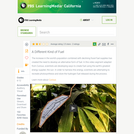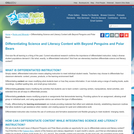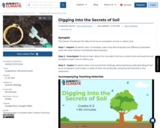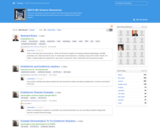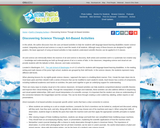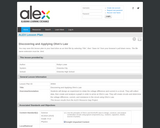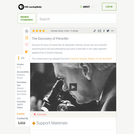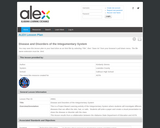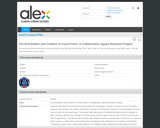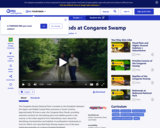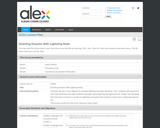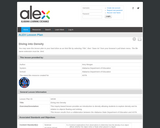This online, shared Diigo group is an example of one strategy for collaboratively archiving, aggregating, aligning and curating open and free resources. This group was actively used from 2014-2017 to supplement another team project to curate custom CK-12 Flexbooks for all Middle School Science modules. Items were archived and shared here to be vetted for inclusion by other faculty as well as district level Science Coordinators.Some of the advantages to using Diigo in this way are as follows:
Diigo allows an extension to be easily placed directly into the Chrome or Safari browser, thereby making it handy at the very point of discovery of the resource. There is no need to copy a URL and then go elsewhere to open another tool or service for entry. In working with faculty on such projects, we have found that limiting the number of steps between discovery of a resource and its ultimate inclusion in student-facing products is valuable.
This approach also allows a very transparent running archive for the entire team, allowing your content experts to do their thing in an effective manner.
Some of the details that make this effective are the ability to comment on submitted resources, thus generating a running conversation, direct editing of submissions for accuracy and alignment, etc.
We also utilized the ability to employ a common group dictionary of tags. This is important so that tags are useful and not splintered into many such as: “7thGrade,” “7th Grade,” “Seventh Grade,” and so on.
Annotation and markup is also available right at the point of discovery, and this markup also shows clearly in the running archive of the shared group.
The service is free to use, and even the group function is free as long as the group is public-facing. In the spirit of #GoOpen, this more than fits.
All of the work can also be exported for long-term archiving if this is a need.
One key thing to note, is that we actually used state standards as tags as well. At the time, this led to the potential for a very laser-focused conversation regarding whether or not resources truly facilitated work directly on the standard, or just “in the area of the standard,” which can be a concern at times. However, these were not NGSS standards at the time, and I want that to be clear. These are all solid resources for the application, but the alignment would certainly shift when cross-walking to NGSS.
(two sample screenshots below)
https://goopen.us/wp-content/uploads/2019/04/Screenshot-2019-04-10-11.15.51.pn
https://goopen.us/wp-content/uploads/2019/04/Screenshot-2019-04-10-11.17.23-1024x725.png
